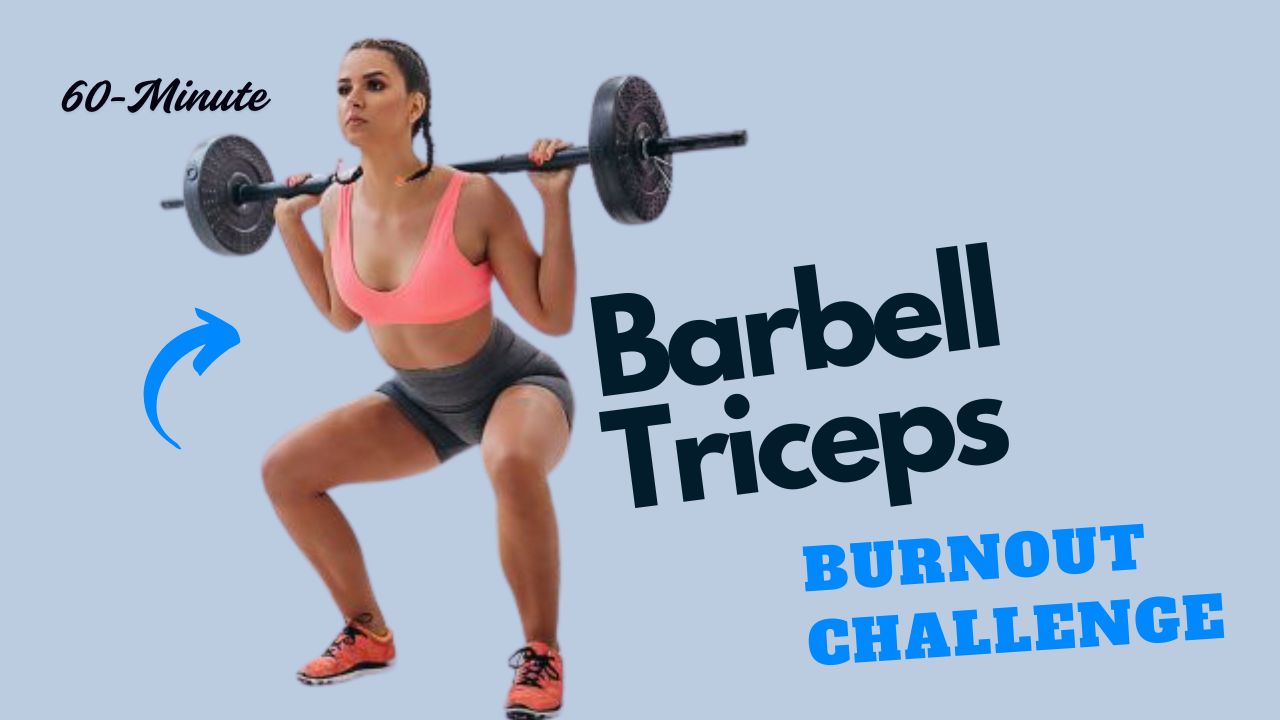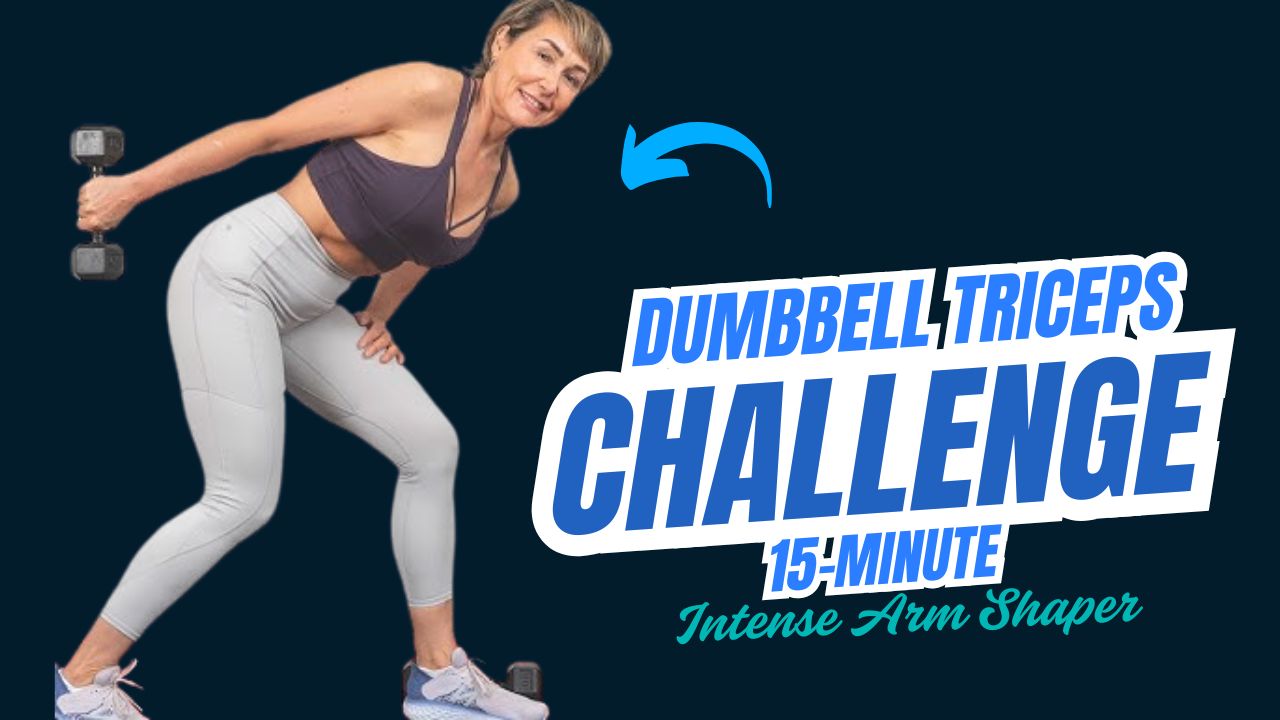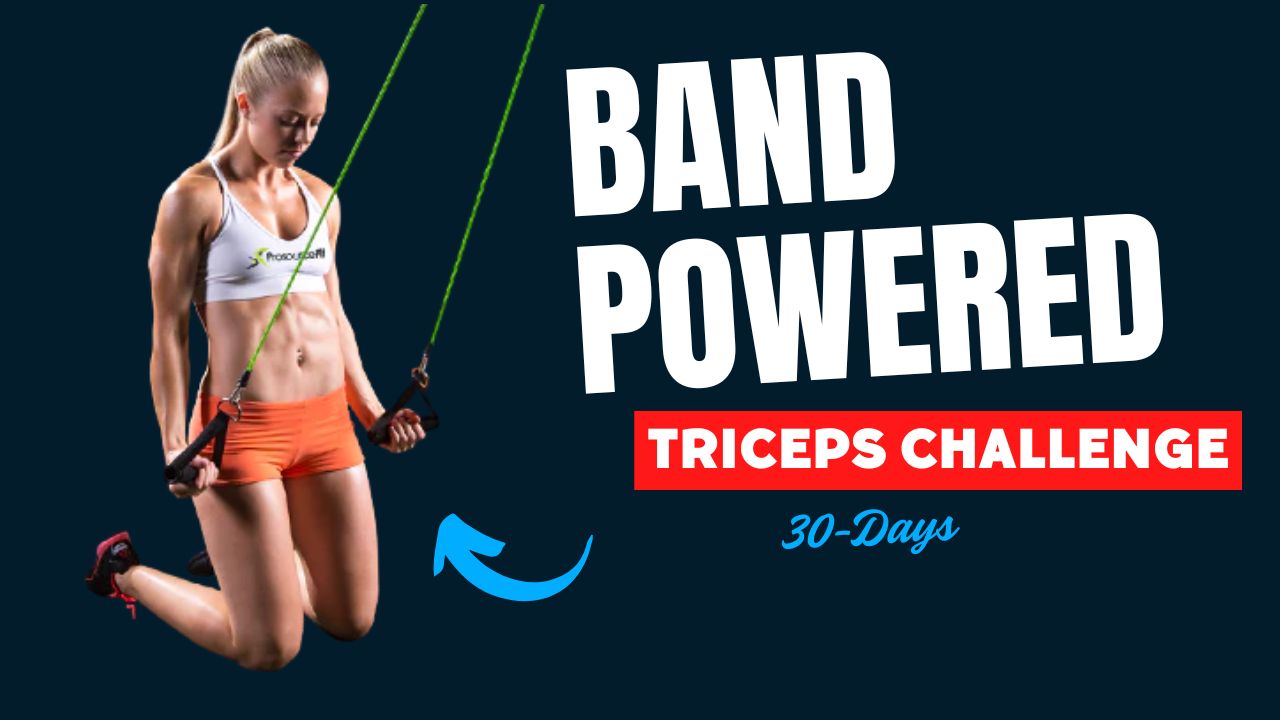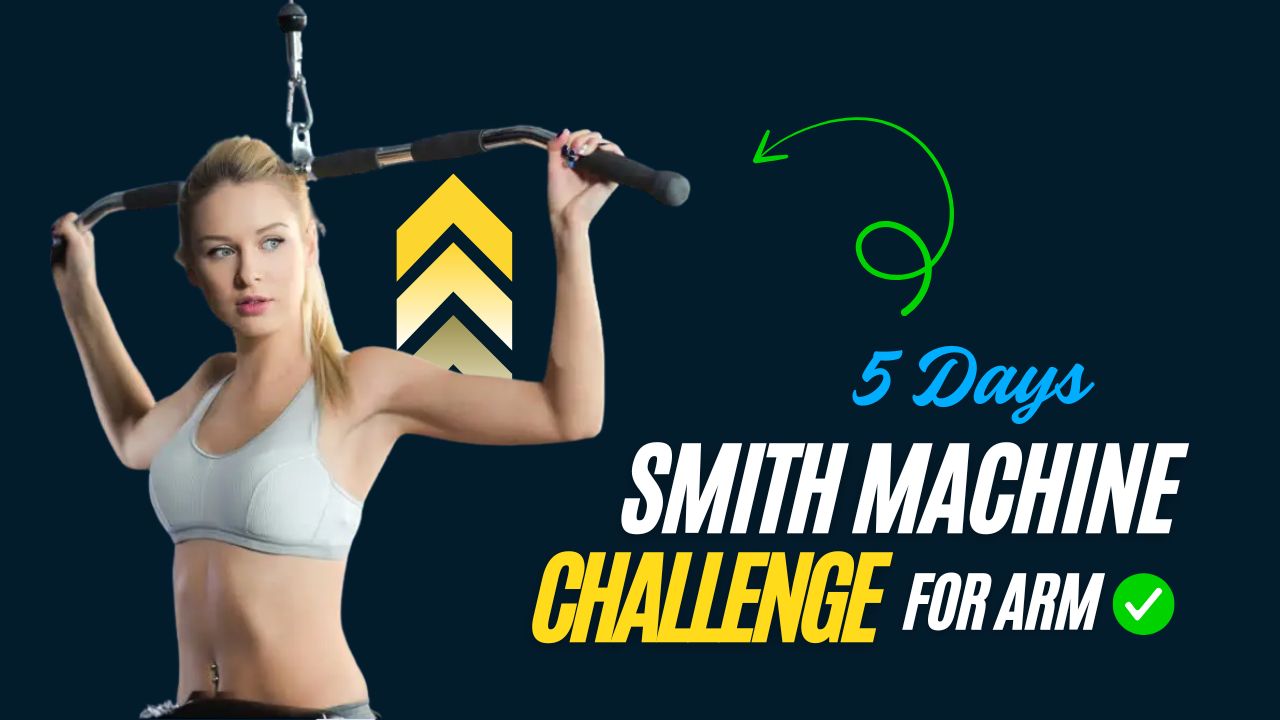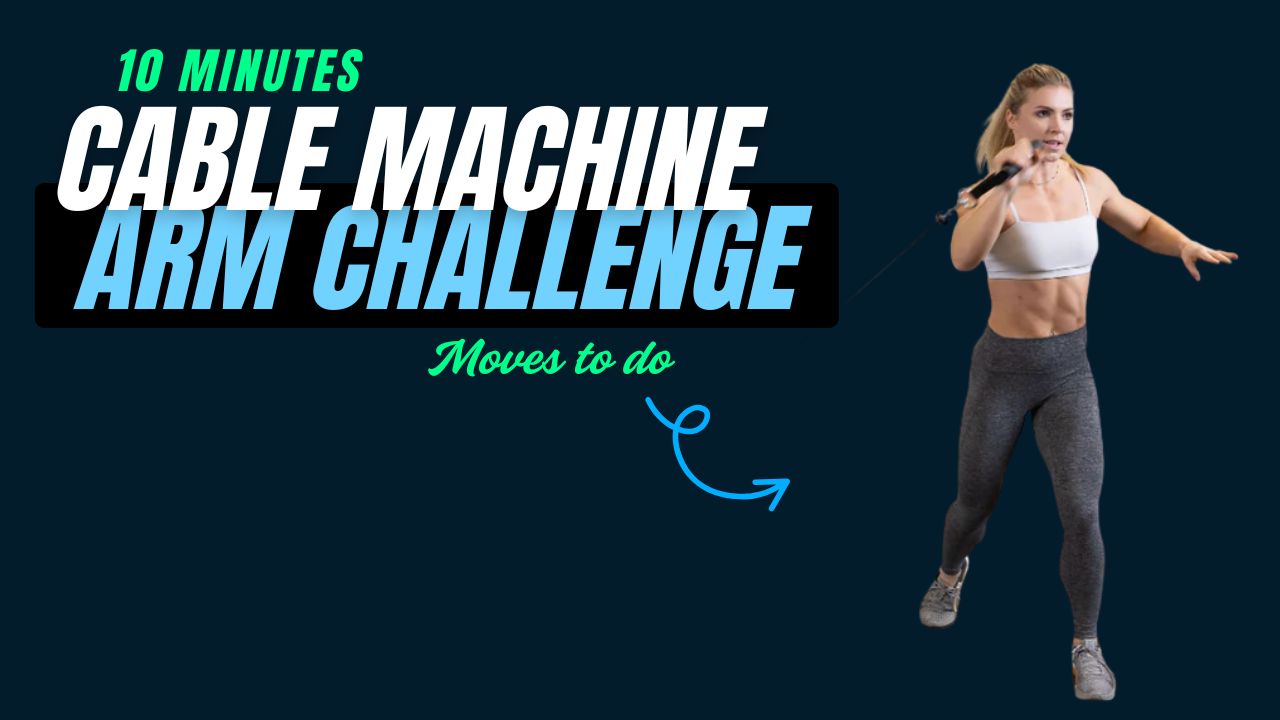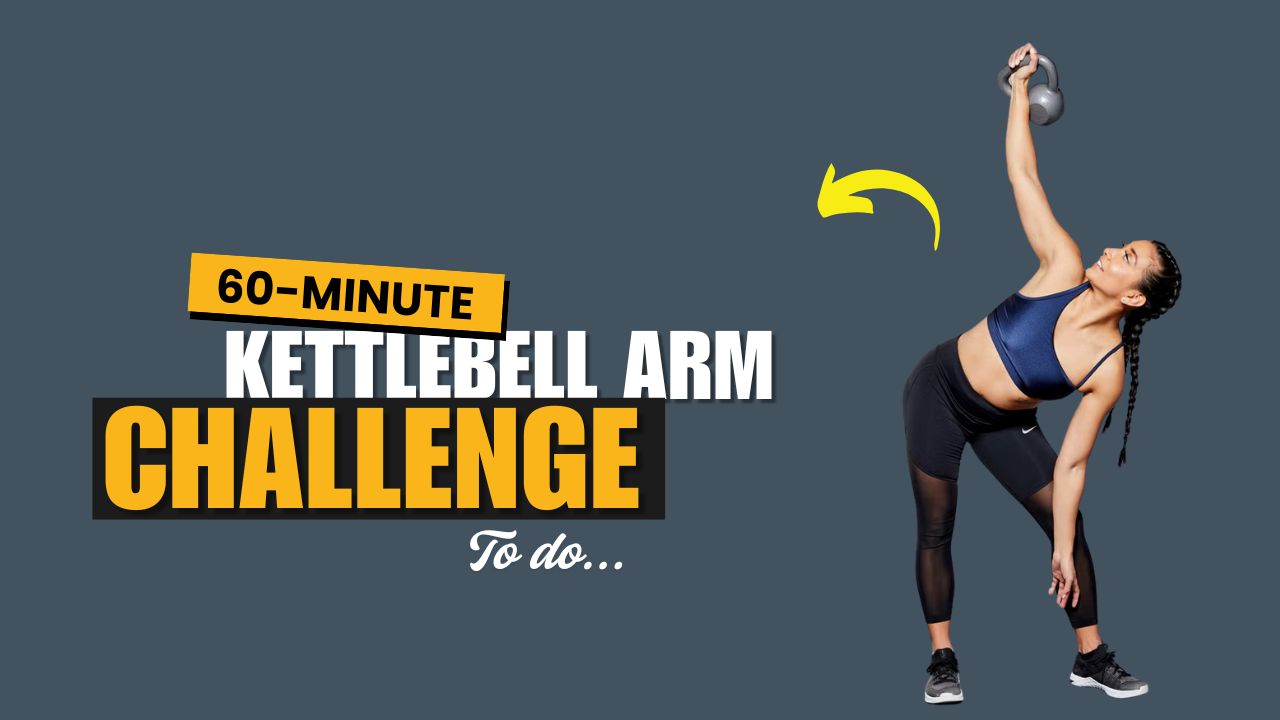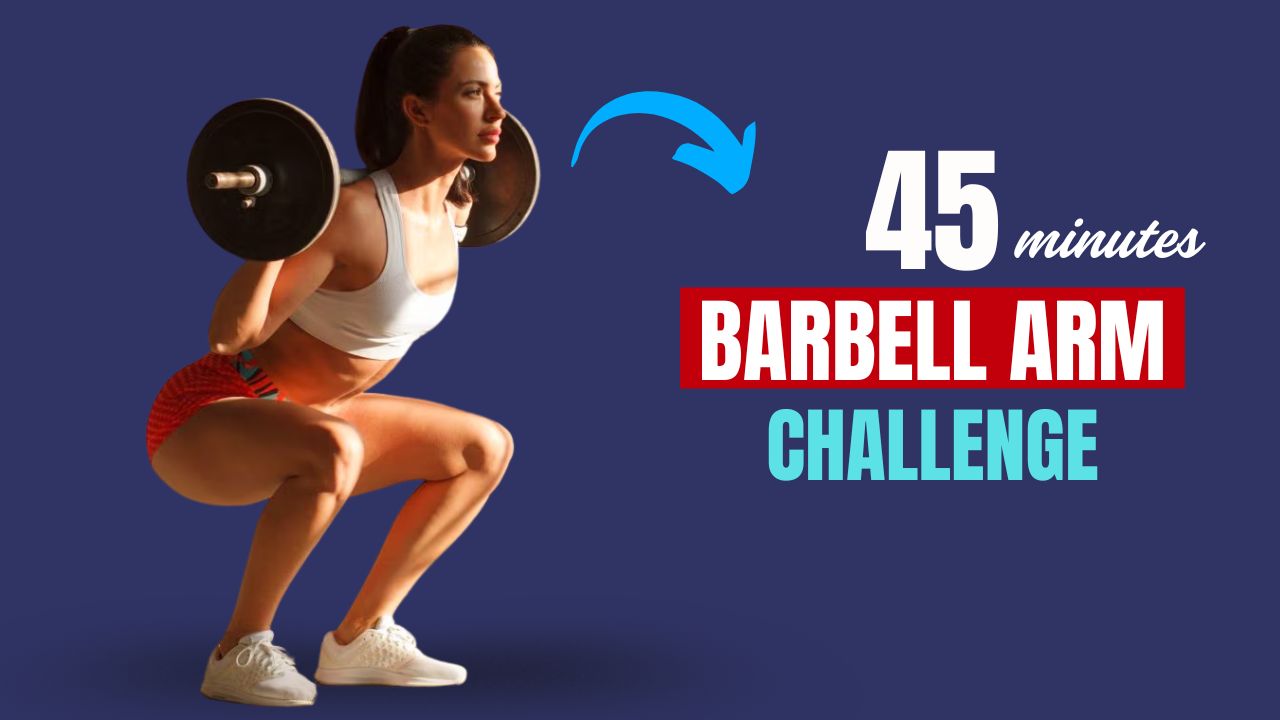Do you think biceps can only grow with dumbbells or barbells? Think again! The TRX suspension trainer is a secret weapon for building stronger, more defined biceps—no gym machines required.
By leveraging your own bodyweight, TRX creates constant tension, challenges your core, and makes every curl more effective than traditional lifts.
Ready to pump up your arms anywhere? Let’s dive into these five powerful TRX bicep exercises.

Table of Contents
What to Expect After 30 Days of TRX Bicep Training
| Positive Changes | Potential Issues (if done incorrectly) |
|---|---|
| Noticeably stronger, more defined biceps | Elbow or shoulder discomfort from poor form |
| Improved grip and forearm strength | Increased risk of strain if overtraining without rest |
| Better core stability from full-body tension engagement | Plateauing if you don’t increase difficulty over time |
| Enhanced mind-muscle connection during curls | Possible frustration if expecting unrealistic results |
| Greater confidence in using TRX and bodyweight training | Fatigue from neglecting proper recovery and nutrition |
Dos and Don’ts of TRX Bicep Exercises
| Do | Don’t |
|---|---|
| Keep your core tight to prevent swinging. | Let your hips sag or arch your back. |
| Maintain a straight line from head to heels. | Rush through reps without control. |
| Move your feet to adjust difficulty. | Start with straps too vertical if you’re a beginner. |
| Keep your elbows stable and high if required. | Drop your elbows during curls (loses bicep tension). |
| Perform slow, controlled reps for max tension. | Use momentum to lift yourself up. |
Best 5 TRX Bicep Exercises
1. TRX Bicep Curl
How to do it:
- Stand facing the TRX anchor point with feet shoulder-width apart.
- Grab the handles with palms facing up.
- Lean back, extending arms fully, keeping the body straight like a plank.
- Keeping elbows high and locked in place, curl your hands toward your forehead.
- Slowly extend your arms back to start.
Why it works:
Unlike dumbbells, TRX bicep curls keep constant tension on your biceps, which can lead to faster gains in strength and size.
Did you know?
Suspension training can activate more stabilizing muscles than traditional free weights.
2. TRX Reverse Grip Curl
How to do it:
- Set up like the standard TRX curl, but hold handles with palms facing down.
- Lean back with arms straight.
- Curl hands toward your forehead while maintaining a palms-down grip.
- Extend arms back to start.
Why it works:
The reverse grip hits your brachialis—a muscle underneath your biceps—helping your arms look wider.
Interesting fact:
Many believe curls only hit the biceps peak, but reverse curls can actually build the illusion of thicker arms.
3. TRX Single-Arm Curl
How to do it:
- Stand facing the anchor and hold one TRX handle with an underhand grip.
- Lean back, and extend your arm fully.
- Keeping your elbow stable, curl your hand toward your temple.
- Slowly lower back and repeat.
Why it works:
This unilateral move helps correct muscle imbalances, ensuring both arms develop evenly.
Myth buster:
People think single-arm exercises are just for advanced athletes—but they’re perfect for beginners to build balanced strength!
4. TRX High Curl
How to do it:
- Stand with feet closer to the anchor for more difficulty.
- Grab handles with palms up and elbows high, level with shoulders.
- Lean back with a tight core.
- Curl handles toward your face without lowering elbows.
- Return to start, maintaining control.
Why it works:
Keeping elbows high increases bicep isolation and challenges your shoulders, delivering a killer upper-body burn.
Quick tip:
The higher your elbows stay, the more intense the contraction on your biceps.
5. TRX Hammer Curl
How to do it:
- Hold the handles with a neutral grip (thumbs pointing up).
- Lean back with straight arms.
- Curl hands toward your shoulders, keeping palms facing each other.
- Lower back under control.
Why it works:
Hammer curls engage both the biceps and forearms, improving grip strength and arm thickness.
Did you know?
Strong forearms from hammer curls can help with lifts like deadlifts and rows.
How to Make the Most of These TRX Bicep Exercises
- Adjust the difficulty by moving your feet closer (harder) or farther (easier) from the anchor.
- Keep your core tight throughout each movement to avoid swinging.
- Perform each exercise for 8–12 reps for 3–4 sets, resting 60–90 seconds between sets.
- Combine with other TRX moves for a full upper-body workout.
Final Thoughts
Whether you’re training at home, in the park, or at the gym, these 5 TRX bicep exercises can sculpt your arms, challenge your stability, and bring variety to your routine.
No dumbbells? No problem—grab your TRX straps, lean back, and watch your biceps grow stronger than ever!
Frequently Asked Questions (FAQs)
Are TRX bicep exercises as effective as dumbbell curls?
Yes! TRX curls can be just as effective—if not more—because they engage stabilizer muscles and maintain constant tension on your biceps throughout the movement.
Can beginners do TRX bicep exercises?
Absolutely. By adjusting your foot placement (standing more upright), you can reduce the intensity, making TRX bicep curls beginner-friendly.
How often should I train biceps with TRX?
Aim for 2–3 times per week, with at least 48 hours of rest between sessions to allow your muscles to recover and grow.
Do I need a TRX system, or can I use other suspension trainers?
You can use any quality suspension trainer. While TRX is the most recognized brand, others with sturdy handles and adjustable straps work perfectly.
Will TRX bicep exercises help with fat loss?
TRX exercises won’t directly “burn fat” from your arms, but they build lean muscle, increase calorie burn, and, when combined with proper nutrition, contribute to overall fat loss.
Are TRX bicep curls safe for elbow or shoulder issues?
They can be safer than heavy free weights because they allow natural joint movement. However, if you have pain or an injury, consult a healthcare professional before starting.
How can I make TRX bicep exercises harder?
Move your feet closer to the anchor point, slow down your tempo, or add pauses at the top of each curl to increase time under tension.
